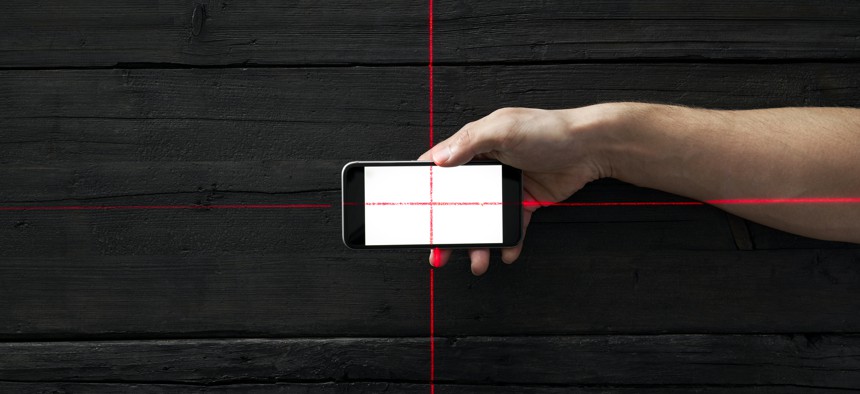Baltimore police to upgrade cell phone tracking tech

Westend61/Getty Images

Connecting state and local government leaders
The city approved a $920,000 purchase of a cell site simulator, known as a “stingray,” that police said helps further investigations.
The Baltimore Police Department is set to upgrade its cellphone tracking technology after the city’s Board of Estimates approved the $920,000 purchase of a cell site simulator.
The simulator, also known as a “stingray,” allows investigators to track calls, texts and data from cell phones during investigative work by transmitting a signal that is stronger than that coming from surrounding cell towers. This strong signal tricks phones into thinking it is the best cell tower to connect to, allowing the stingray to identify and track the device.
BPD first started using the technology in 2007 and has used it thousands of times since.
Lt. Habib Kim, who oversees the special activities section at the department, said during the Aug. 23 meeting of the Board of Estimates that the BPD’s existing simulator is becoming obsolete and cannot operate where 5G networks are present, forcing detectives to move into an area without 5G connectivity to keep monitoring a phone.
The current simulator technology is also showing its age by unexpectedly shutting down when in use, he said.
Those two technological issues have resulted in police being unable to monitor the cell phone of someone who was suicidal to stop them from killing themselves. They were also prevented from apprehending an individual suspected of a string of carjackings and robberies. Kim said the technology’s deficiencies have thus led to “avoidable injury.”
The device is only deployed after a judge signs a search and seizure warrant authorizing its use, or under exigent circumstances, which Kim said are typically a “life or death situation” like a potential suicide or an instance of domestic violence.
The American Civil Liberties Union and other groups have raised concerns about the use of cell site simulators, calling them “invasive.” In Baltimore, civil rights groups filed a complaint in 2016 with the Federal Communications Commission challenging the simulator’s use.
Baltimore City Council President Nick Mosby asked if there were enough safeguards to prevent the equipment’s misuse by police.
“Some of the concerns in the past weren’t necessarily [over] the legitimate uses of the device that went through the procedural process of being signed off,” Mosby said. “I think some of the concerns in the past, not just in Baltimore but in other cities, [were] specifically related to misuse of the device for non-approved activities.”
Kim said in addition to the required warrant, the cell site simulator is kept in a secure garage that requires biometric authentication to open. It also requires more than one person to operate it, creating what he called a “built-in safeguard.”





